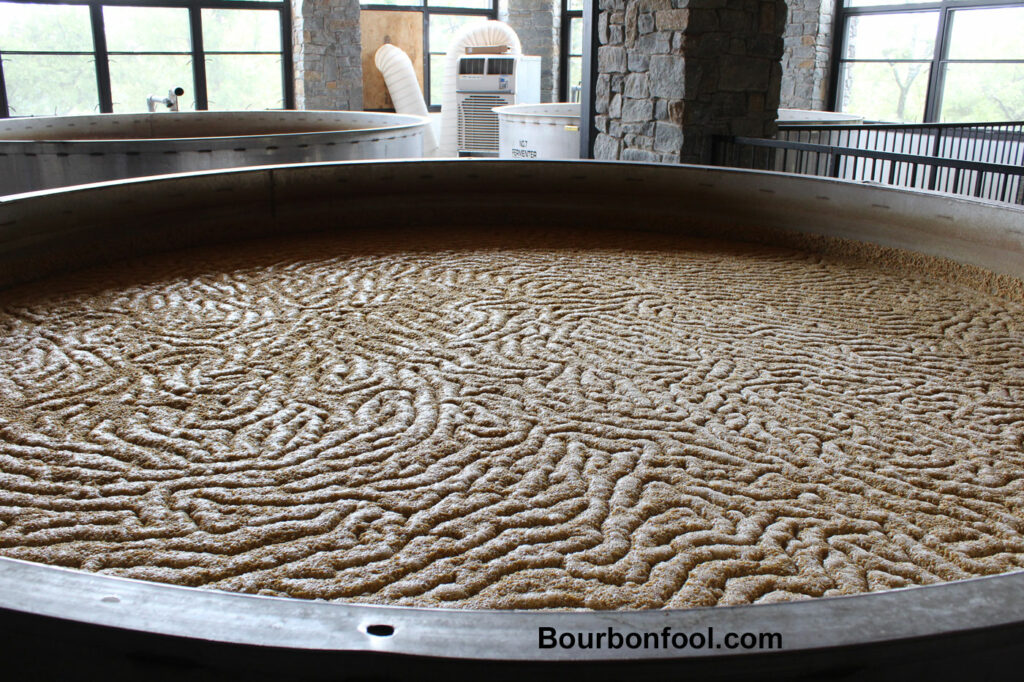The importance of yeast in bourbon is a story of how yeast is necessary for fermentation. Humans began using yeast dating back thousands of years ago. Ancient Egyptians used it to make bread but thought the finished product resulted from a miracle. As we know it today, bread became a reality when people began adding yeast to improve the taste and texture.
The fermentation process
Louis Pasteur discovered the fermentation process in 1857. Pasteur identified that yeasts were responsible for fermentation. Specifically, he determined that yeast cells could live with a source of oxygen or without it. His studies revealed that yeast was the organism that drove alcoholic fermentation. History buffs also know that he is widely known for his work resulting in pasteurization. Also, he was an early proponent of encouraging doctors to sterilize their hands and instruments before performing surgery.

The magic of yeast in alcoholic spirits
In brewing, yeast can unleash specific flavors, and many brewers will use yeast as their secret ingredient. Winemakers will use yeast to create bubbles in champagne or use particular strains to create the specific tastes of Chardonnay or Sauvignon wines. Yeast cells feed on sugar from a grain mash or grape juice from crushed grapes and create alcohol during fermentation. Whiskey producers typically focus on alcohol content, production methods, and how their product is barrel-aged, with yeast often being a side note.
Modern distillers
Many distilleries will use their proprietary strains of yeast dating back many years. Others will purchase commercially produced yeast in live or dried form. Often a backup of a company’s yeast strain(s) is kept off-site in a secure facility to ensure continuity in case of a catastrophe. Four Roses use five proprietary yeast strains and two different mash bills to create ten recipes for bourbon. Four Roses identify the recipes used through codes for specific bottlings. Often, collectors will look for bottles of Four Roses containing a particular code and, ultimately, a particular yeast strain.
Ferm Solutions
If you travel to Danville, Kentucky, you can visit Wilderness Trail Distillery. Pat Heist, co-owner of Wilderness Trail, also owns Ferm Solutions, also located in this quiet Kentucky city. Ferm Solutions supplies support and products, including yeast strains to more than 600 distillers and brewers. They also provide products and support to many companies making ethanol or industrial alcohol.
Old school yeast at Wild Turkey
Jimmy Russell’s longtime Master Distiller at Wild Turkey used to be the sole caretaker of the individual yeast strain at his distillery. Back in the day, Jimmy would keep three batches of yeast for safety. One at the distillery, one at his home, and a third at a family member’s house several miles away. Wild Turkey yeast is still made from scratch every day, and it is a vital component of their flavor profile. Today, there are modern facilities that store yeast strains for distillers, however, back in the day, distillers found ways to preserve things that were vital to their products.
The importance of yeast in bourbon
While tasting your favorite whiskey, be sure to understand the complex factors that create the flavor profile. A specific mash bill, a new charred oak container, a specific location and period of maturation, and yeast combine to produce your favorite spirit.
This week’s video review
Take a moment to review a rye whiskey named for an old-time distillery. Old Pepper Distillery Single Barrel Rye Whiskey. Watch it HERE.